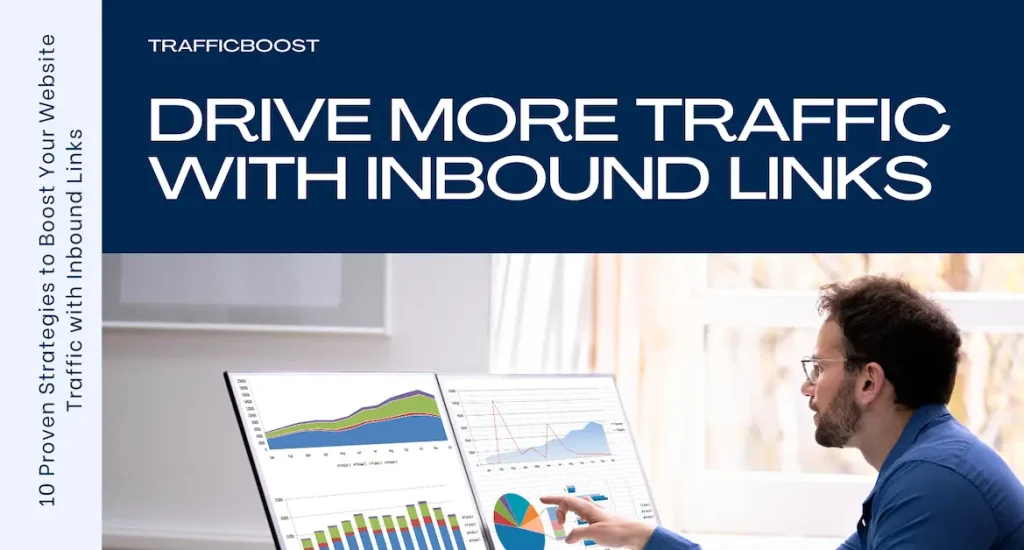Search engine optimization is vastly different than it was just a few years ago.
Google is the dominant search engine, so they set the rules for what gets ranked at the top of their search results. But as more people get on-board, content standards have begun to evolve to a stricter standard, to ensure people come across quality content that answers their questions.
Many small business owners desperately want to have stronger SEO results to bring more customers to their websites.
They have been advised that blogging will help them achieve better rankings in search engines, so they start to write or hire someone to write blog posts at some reasonable frequency.
So, why then are these small business owners not seeing the results that they want from their blogging efforts?
Here are five reasons your blog SEO is not performing as well as it could be.

1. Topic Depth of the Post
Over the last few years, there has been a dramatic shift in the length of the average blog post that ranks on page 1. It used to be that 300 to 500 words per post was standard. Just a quick tidbit of a topic and you were good to go. No need to be an expert on the subject.
As you know, that has certainly changed. And quickly.
Backlinko published a case study revealing that the average length of a blog post that ranks on page one is 1,447 words. On Medium, you can find a study which revealed a case study showing that the ideal read-time of a post is about 7 minutes, or, approximately 1,600 words.
The overall takeaway here is that you want anywhere from 1,000 to 2,000 words (if you want to compete for those top spots, that is). So, why not go for the gold?
Is there a specific reason that bloggers have all of a sudden become much more verbose in their writing style?
Yes, this is the result of Google shifting its algorithm. They want users to be provided with quality content.
It is their belief that businesses should provide more in-depth writing will better answer the users query. Therefore; they have shifted the length of copy on a web page to be a more prominent factor in their ranking algorithm.
As we’ve seen many times, the search engine optimization community is quick to respond to changes that Google makes in their mathematics. Their job is to feed the spiders what they are looking for.
And just how important is it to rank in the first 10 spots of page 1 of organic search results? See the graph below:
Almost 90% of clicks are positions 1-10 of organic results (page one) For a small business owner who is not up to date on these trends, they may still be writing blog posts that are simply too short. In order to get up to speed, small businesses need to provide user-friendly content in bulk.

2. Properly Addressing User Intent
Another reason your blog SEO could be lacking is that you are not answering the query offered by the user who’s visiting your website in depth. Put another way, each person who types in the search request into Google is looking for specific information – most of the time that information goes beyond just a simple yes or no answer to their query.
Google believes they have figured out how to judge what page will actually satisfy that search intent from other web pages that offer thin content or less useful content.
While this may all sound subjective, it is important to give careful thought to why someone is entering your website and what it is they’re hoping to learn.
Pages that can more efficiently offer answers to those users queries will probably generate positive signals, such as time on site and dwell time. Many believe Google is judging factors such as these when considering what to show at the top of their search results.

3. Presentation of The Content (Layout)
User experience is another primary concern for modern search engine optimization techniques. If you are paying attention to the blogs that you go to you have probably noticed that the text has gotten quite a bit larger. There’s also much more spacing between sentences, and in many cases blog posts are actually double spaced. This makes it easier for the user to read through and find exactly what they came for.
Another trend is the disappearance of the sidebar. Just a few years ago it was common to see a right-hand navigation bar cluttered with other posts or comments from other users. These have slowly been disappearing from modern blogs.

Today you will see many blogs that have the text centered in the middle, with very large font, and what almost looks like double spacing – for ease of readability. You will often not see a right-hand navigation bar at all. Modern web pages will instead be much cleaner and easier to read.
It is all well thought-out, with the reader in mind. The thinking behind this approach to blogging is a much cleaner user experience that promotes longer dwell times.
Another visual layout trend is that blog posts include many more images than they used to.
It is common to include pictures, charts, infographics, and tables that are eye-catching. This way the reader can internalize the content and connect deeper to through its tangle images. This is another popular method for keeping people engaged after they have grown tired of reading (which many of you may have already ;-).


4. Digital PR & Post Awareness
It is very uncommon to see a page 1 ranking without any backlinks to that specific page. But, sometimes it happens. Usually for very target long-tail keywords or search terms. As there are more and more blog posts being added to the web every single day, it’s getting harder and harder to rank even for low search volume, long-tail searches. From a backlinking perspective, things have gotten much more complicated. Google’s crawlers look at industry-relevant, authoritative sources that point to your page in order to better understand it, and trust ranking it.
As competition for organic positions has become more fierce, the backlink battle has, well, also become more competitive. This means that every blog post should have other sites talking about it – or it doesn’t stand that a great chance of achieving a page 1 ranking (at least in most cases – and it gets worse depending on the keyword competition).
It used to be that a blog post could ride on the overall authority of the main domain (DR, or, Domain Rating via AHREFS). Today, you need both a very authoritative root domain as well as specific backlinks to the pages/posts you want to rank (UR, or, URL Rating via AHREFS).
This means much more effort needs to go into promotion then would have been true for 5 years ago. Many search engine optimization experts recommend spending 30% of your effort on content production and the other 70% on promotion. Typical promotional activities include reaching out to other bloggers who might be interested in your content to make them aware of your blog post – and then for them to see your site as a relative source of information that would be useful to their readers.

5. Audience Focus
It is common to see blog posts that have many comments soon after the piece is published. You may often be wondering how they get these comments and what levels of traffic might be to have to be to support such responsiveness from their audience. The trick here much of the time is that they use email marketing as part of their SEO strategy.
Over the years smart bloggers are accumulating a list of email addresses of people who are interested in their content.
When great content is published on their blog, they simply alert their list to the existence of another great piece of content and people click through.
Email marketing is not a sexy technology, and many people say it no longer works, but data reveals that it remains one of the most frequently used technologies in an average user’s workday.
If you are not building an email list, then you are losing out on an excellent SEO opportunity, and an excellent business growth opportunity.

Organic search ranking competition is fierce, and many people are battling for position 1 on Google. Don’t spend all that time writing just for nobody to see it. Begin working on these 5 tips today!
Content producers need to be generating much longer content and in-depth answers to the searchers intent. In other words, the content needs to be more useful than it used to be to compete with today’s page 1 players.
Additionally, user experience needs to be tidy, the font used needs to be larger, photos, graphs, and charts explaining the content should be prominent and line spacing needs to be appropriate.
Remove all distractions that would pull a user from the page need to be removed, such as your trusty right-hand navigation bar.
Finally, marketers need to understand that email is a secret weapon in bringing users to their blog posts and generated comments.
While you might not be up to date with all of this, digital marketing agencies are on top of it. Get in touch with one today.
Want to ensure your blogs are found? Let’s talk.









